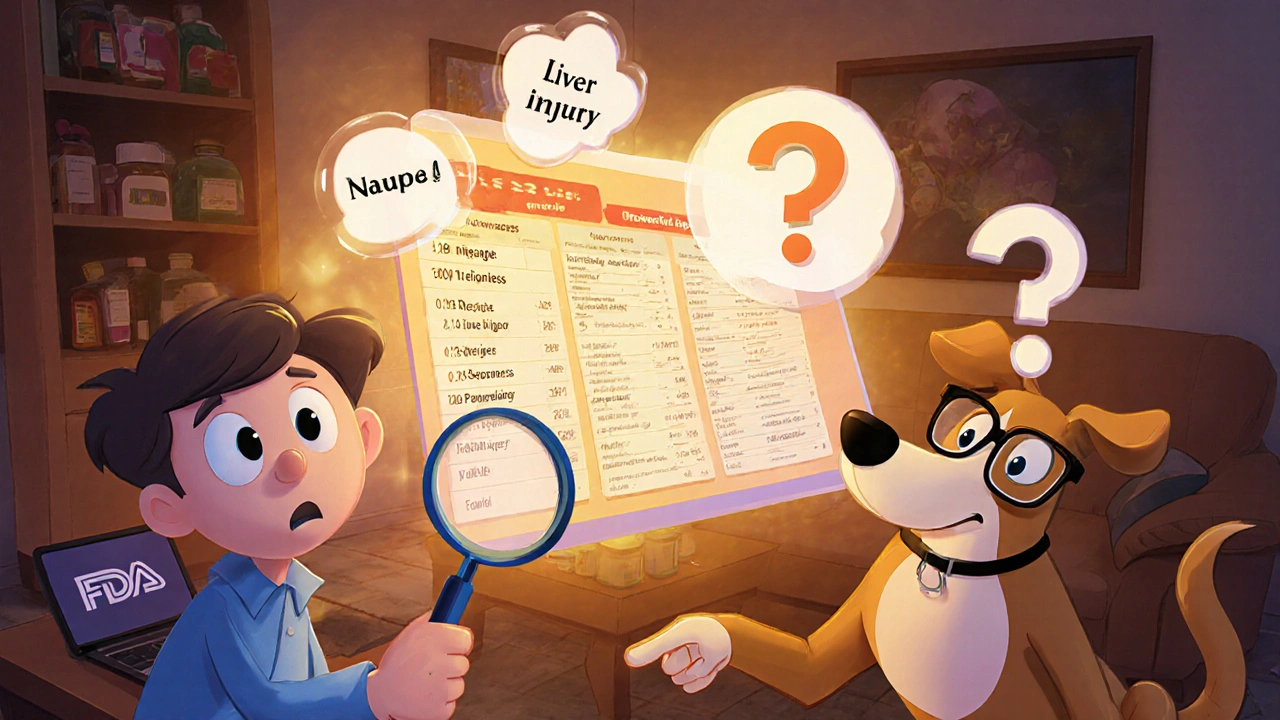FAERS Reports: What They Are and How They Help You Understand Drug Safety
When a drug hits the market, the real test begins—not in labs, but in millions of people’s daily lives. That’s where FAERS reports, the FDA’s database of adverse event reports submitted by patients, doctors, and drug makers. Also known as the FDA Adverse Event Reporting System, it’s the largest public record of unexpected side effects from medications in the U.S. These aren’t lab results or clinical trial summaries. They’re real stories: a woman who developed liver damage after taking a new antibiotic, a man who had a stroke after starting a blood pressure pill, a teenager who had severe dizziness after using an over-the-counter sleep aid. These reports don’t prove a drug caused the problem—but they flag patterns too rare to catch in trials.
FAERS reports are built on data from doctors, pharmacists, patients, and drug companies. They’re not perfect—some reports are vague, others incomplete—but together, they reveal trends no single study could. For example, FAERS helped uncover the link between certain blood thinners and rare but dangerous brain bleeds, or how a common painkiller increased heart attack risk in older adults. These findings didn’t come from controlled experiments. They came from real people, real symptoms, and real consequences. That’s why FAERS reports matter to you: if you’re on a long-term medication, if you’ve ever wondered why your doctor asked about every pill you take, or if you’ve experienced a strange side effect that your pharmacist couldn’t explain, FAERS is the system that eventually connects those dots.
FAERS reports also help shape what you see on drug labels. That tiny warning about dizziness or blurred vision? It likely came from a handful of FAERS entries that grew into a red flag. The system tracks how often side effects appear, who’s most at risk, and whether certain combinations make things worse. It’s how we learned that mixing certain antidepressants with migraine meds could trigger serotonin syndrome, or why some diabetes drugs carry warnings about pancreatitis. This isn’t theory. It’s evidence gathered from real people using real drugs in real life.
Below, you’ll find detailed guides on medications that have raised red flags in FAERS reports—like blood thinners with unexpected bleeding risks, hormone therapies linked to unusual bleeding, and antipsychotics that worsen Parkinson’s symptoms. These aren’t hypothetical concerns. They’re documented events tracked in FAERS. Whether you’re managing chronic pain, taking a new prescription, or just trying to understand why your doctor changed your meds, this collection gives you the facts behind the warnings.

Searching FAERS Side Effect Reports: Practical Tips for Patients and Researchers
Learn how to search the FDA's FAERS database for drug side effect reports without misinterpreting the data. Practical tips for patients, researchers, and healthcare providers on using FAERS safely and effectively.
Categories
- Medications (41)
- Health and Medicine (40)
- Health and Wellness (34)
- Online Pharmacy Guides (15)
- Nutrition and Supplements (7)
- Parenting and Family (3)
- Environment and Conservation (2)
- healthcare (1)
- prescription savings (1)
Popular Articles



